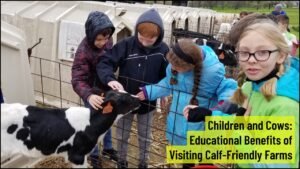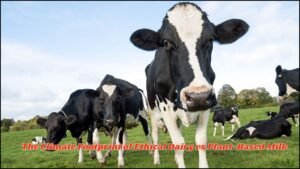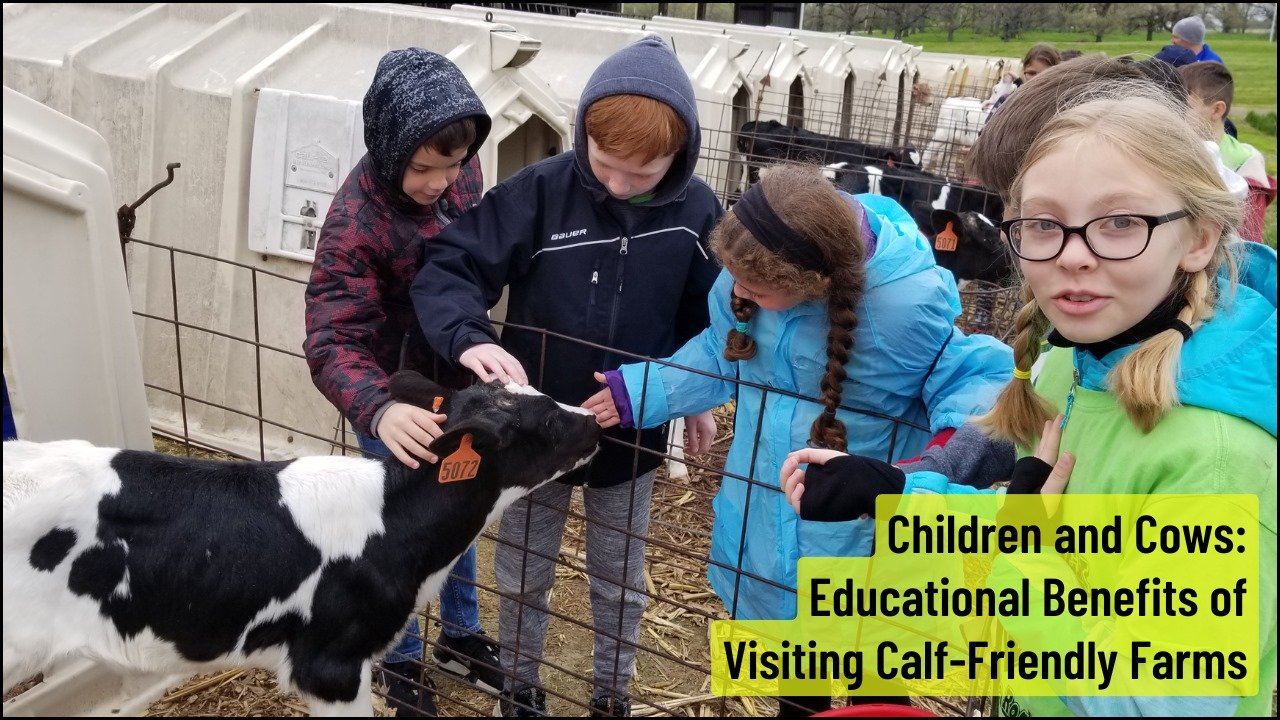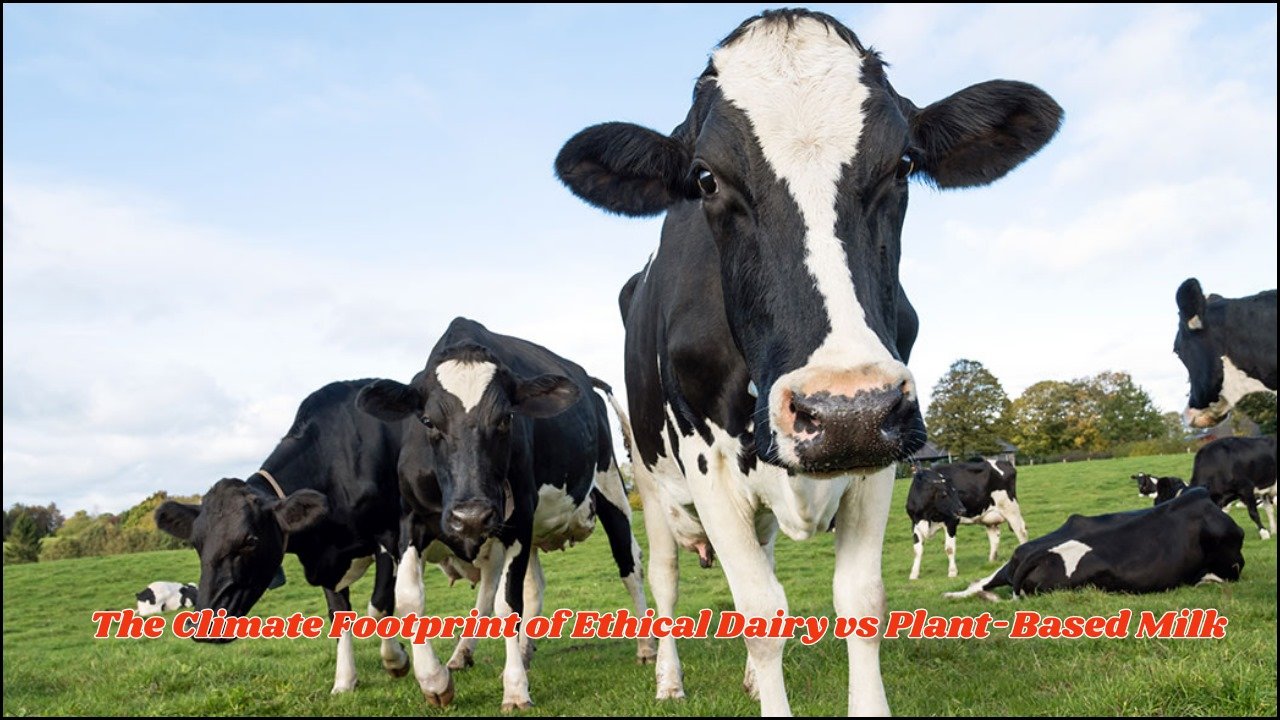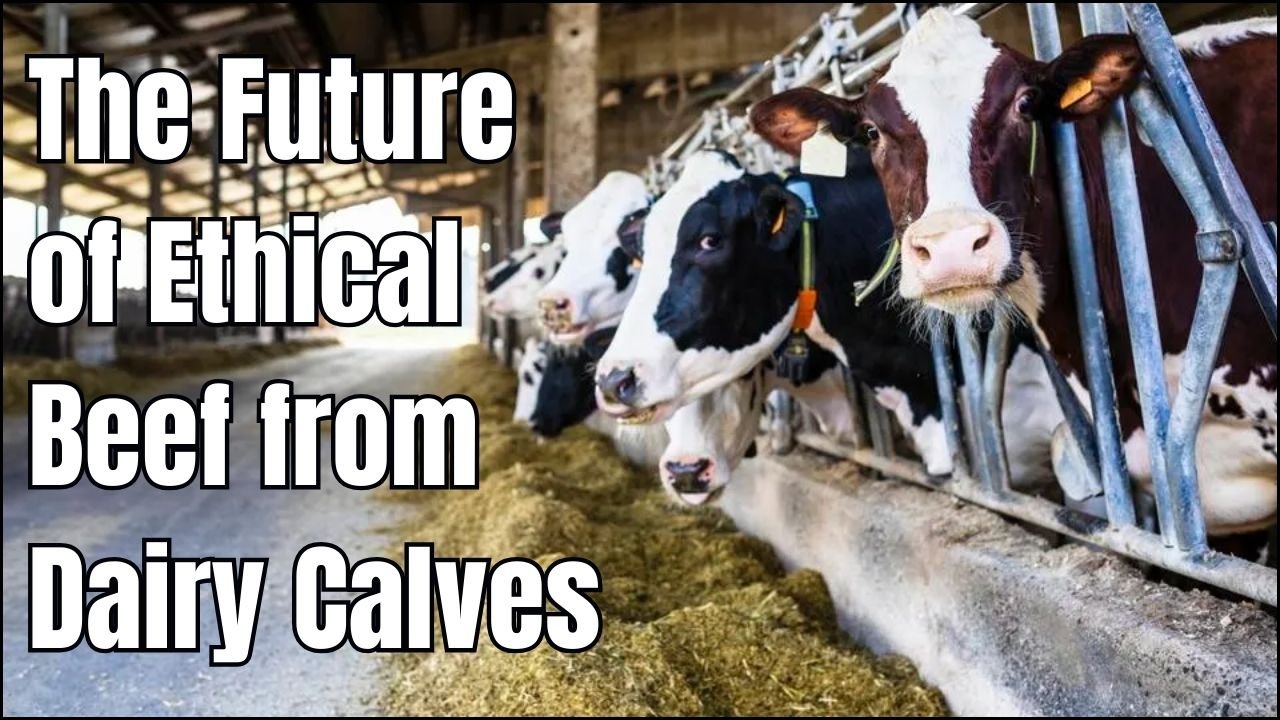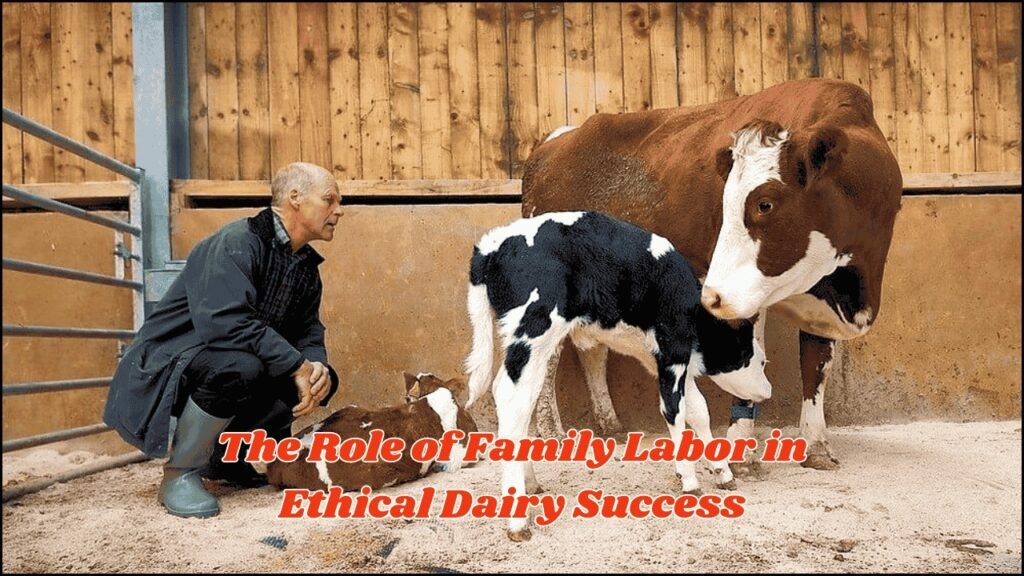
Ethical dairy farming is built not only on animal welfare and sustainable practices but also on the people who make it possible. At the heart of many successful dairies lies family labor, a foundation that strengthens trust, resilience, and responsibility within farming operations.
From decision-making to hands-on animal care, family members often play a pivotal role in shaping how a dairy farm operates. This involvement can reduce costs, maintain high welfare standards, and foster a sense of continuity that corporate models sometimes lack.
Table of Contents
Why Family Labor Matters in Ethical Dairies
Family-based farms are often more committed to long-term sustainability than short-term profit. Their investment is both financial and emotional, tied to generations of tradition and community trust. Some of the core reasons family labor is vital include:
- Stronger commitment to animal welfare – Families personally care for the animals, ensuring humane practices.
- Lower operational costs – Reliance on family work reduces labor expenses.
- Enhanced transparency – Consumers often trust family-run farms more.
- Intergenerational knowledge – Skills and practices are passed down and adapted across generations.
- Community connection – Local families strengthen rural economies and build consumer trust in ethical products.
Overview
| Key Aspect | Role of Family Labor | Impact on Ethical Dairy Farming |
|---|---|---|
| Cost Management | Reduces need for hired labor | Keeps farms financially sustainable |
| Animal Welfare | Daily hands-on care by family | Ensures high ethical standards |
| Knowledge Transfer | Shared across generations | Preserves and adapts best practices |
| Consumer Trust | Family presence builds credibility | Strengthens ethical image |
| Community Engagement | Local family involvement | Boosts rural development |
| Long-Term Vision | Family commitment to heritage | Focus on sustainability over profit |
Economic Value of Family Labor
For small and medium-sized dairy farms, labor is one of the highest expenses. Family involvement helps ease this burden by:
- Performing essential daily tasks like feeding, milking, and cleaning.
- Reducing reliance on external workers, especially during peak seasons.
- Allowing flexible schedules that fit the unpredictable nature of farm work.
This not only cuts costs but also ensures that the work is performed with dedication and consistency, directly benefiting animal welfare.
Family Labor and Animal Welfare
One of the strongest arguments for family labor in ethical dairies is the direct link to animal care. Unlike large-scale operations where hired workers may have limited contact with animals, family members often know each cow individually.
This close bond helps farmers:
- Detect health issues early through careful observation.
- Maintain consistent routines, which reduce animal stress.
- Provide calves with gentler handling and better nurturing environments.
By prioritizing care over sheer output, families align their practices with ethical dairy standards that emphasize welfare, not exploitation.
Knowledge Sharing Across Generations
Farming knowledge is not only technical but cultural. Many family dairies thrive on practices passed down through generations:
- Traditional milking and feeding methods that focus on animal well-being.
- Sustainable land management techniques.
- Adaptation to new technologies without compromising ethical standards.
This blending of tradition and innovation allows ethical dairies to remain competitive while maintaining their values.
Building Consumer Trust Through Family Presence
Today’s consumers are increasingly skeptical of industrial farming. Family-run dairies have a unique advantage: authenticity. When customers see that milk or cheese comes from a family operation, they associate it with:
- Transparency – Trust that animals are well cared for.
- Authenticity – Products with a story behind them.
- Community support – Knowing their purchase helps local families.
This trust is essential for the premium market ethical dairies often target.
Challenges of Relying on Family Labor
While family labor offers many benefits, it also comes with difficulties:
- Workload pressure – Farming requires long hours, often with little rest.
- Limited manpower – Family size may restrict how much can be done.
- Generational transitions – Younger members may not want to continue farming.
- Skill gaps – Not every family member has equal expertise in management or animal health.
Balancing these challenges with external support or occasional hired labor is crucial to avoid burnout and ensure sustainability.
Practical Ways to Support Family Labor in Ethical Dairies
- Education and training – Encourage younger generations to learn both traditional and modern farming practices.
- Work-life balance – Share workloads fairly among family members.
- Community collaboration – Exchange labor or resources with neighboring farms.
- Succession planning – Prepare for generational transitions to keep farms running smoothly.
- Adopting technology – Use milking machines, health trackers, and eco-friendly systems to reduce manual workload.
Conclusion
Family labor is a cornerstone of ethical dairy success. It goes beyond saving money—it builds trust, strengthens animal welfare, and preserves traditions that industrial farms often overlook. By investing their time, passion, and heritage into farming, families ensure their dairies remain sustainable and ethically responsible.
Although challenges exist, the benefits of family labor far outweigh the drawbacks. With proper planning and modern support, family-run dairies can continue thriving, offering both healthier herds and trustworthy products for generations to come.
FAQs
1. Why is family labor important in ethical dairy farming?
A = It ensures lower costs, better animal welfare, and stronger consumer trust.
2. How does family involvement affect animal care?
A = Family members provide consistent, hands-on care, which improves welfare and reduces stress in cows.
3. What are the main challenges of family-run dairies?
A = High workloads, limited manpower, and generational continuity are the biggest challenges.

